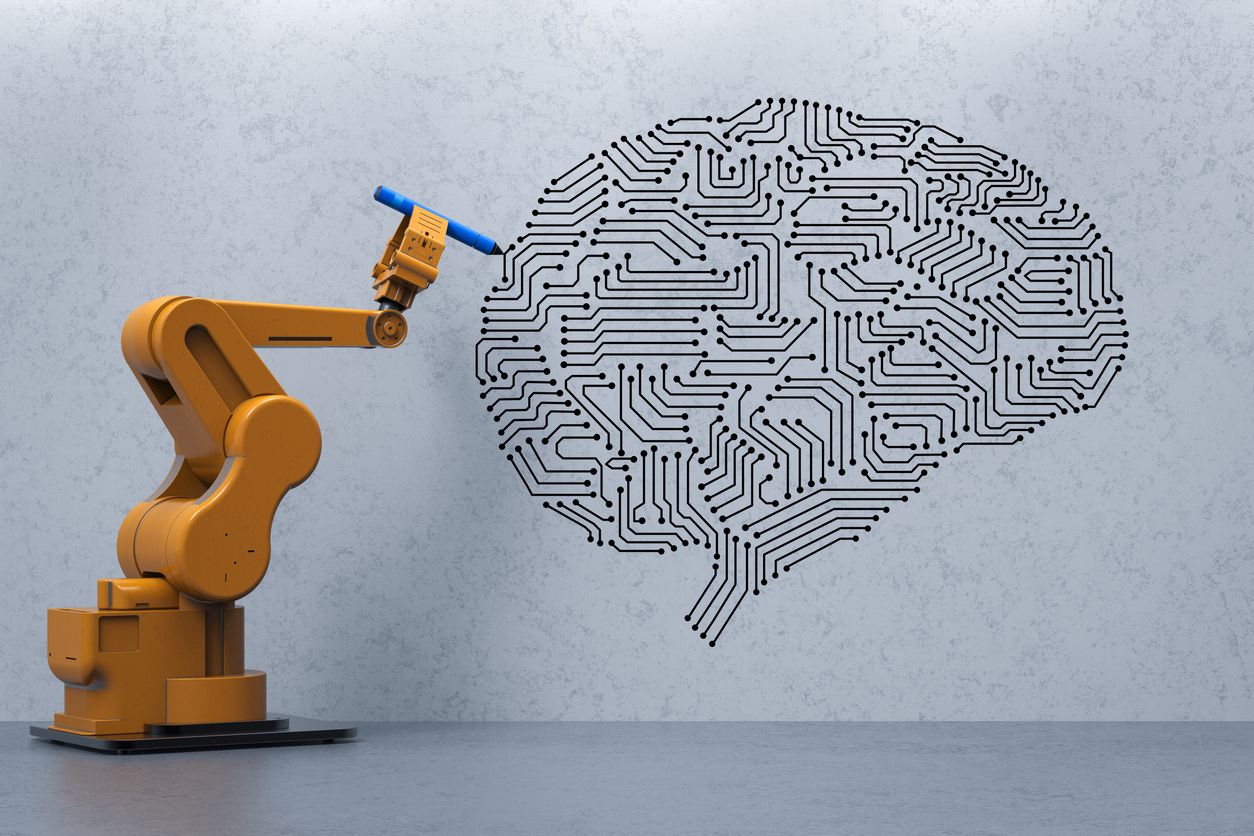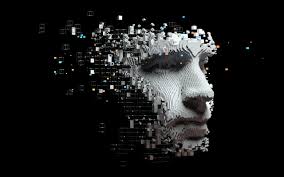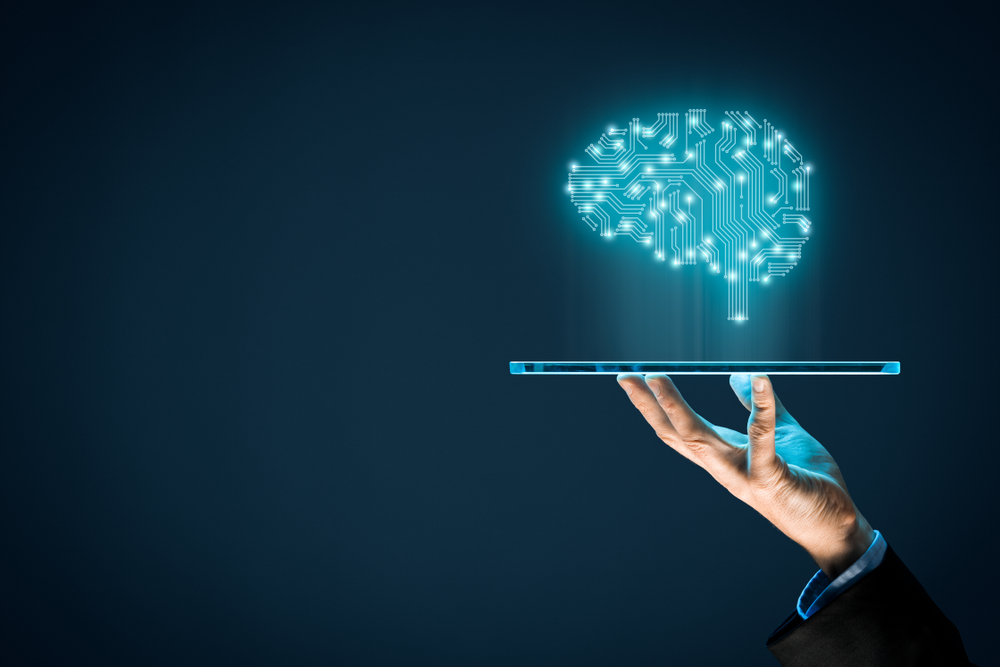Artificial intelligence is the next big thing in the world of business. It’s been predicted that artificial intelligence will become a $15 trillion industry by 2027. That’s huge! In this blog post, we will explore how AI works and look at the different types of agents used in it. We’ll also discuss some of the challenges and opportunities that come with this technology.
Types of Artificial Intelligence Agents
There are a number of different types of artificial intelligence agents. For example, some artificial intelligence agents are designed to make decisions, others to read and interpret data, and still, others to perform specific tasks.
Some of the most common artificial intelligence agents are decision-makers, such as search engines and customer service chatbots. These AI agents try to understand user queries and responses in order to provide the best possible solution or service.
Data processors are another type of AI agent. They collect large amounts of data from various sources to improve their understanding of the world. This is often used by companies in order to improve their marketing strategies or product development processes.
Finally, there are AI agents that are specifically designed for performing specific tasks. These AI agents can be used for facial recognition or reading text aloud.
Components of an Artificial Intelligence Agent
There are many different types of agents in artificial intelligence, but they can generally be divided into rule-based and self-learning. Rule-based agents follow a pre-determined set of rules to achieve a specific goal. These agents are often simpler to create but can be less efficient in certain situations. On the other hand, self-learning agents attempt to learn from their experiences and improve their performance over time. They are more complex to create but can be more flexible and adaptive.
Pros of Artificial Intelligence Agents
There are many types of artificial intelligence agents, but some of the most popular include chatbots, digital assistants, and autonomous agents. Chatbots are computer programs that can simulate natural conversation. Digital assistants are artificial intelligence programs that help people with everyday tasks, such as finding information or ordering food. Finally, autonomous agents are complex computer programs that can make decisions independently. They’re used in finance and health care to make more informed decisions.
Artificial Intelligence Agents as Applications
There are many types of artificial intelligence agents, and each has its own set of unique abilities. For example, some AI agents specialize in certain tasks, while others better understand human behavior.
A large variety of AI agents can be found in natural language processing (NLP), machine learning, computer vision, and deep learning. These agents use algorithms to learn from data and improve over time.
Some AI agents are specifically designed to complete specific tasks, such as a search engine’s “crawler,” which scours the web for new content to index. Other AI agents can be used in customer service or marketing roles.
Artificial intelligence is still in its early days, and developers are constantly creating new types of AI agents with different abilities. As the technology evolves, so will the range of applications that can be made using these agents.
Conclusion
Artificial intelligence is a broad term that can refer to various technologies, each with its own capabilities. Some common types of AI include machine learning, natural language processing, computer vision and speech recognition, and deep learning. While many different types of AI agents exist, each has unique strengths and weaknesses. To get the most out of your artificial intelligence investments, it’s important to understand the various types so you can select the right one for your needs. In the meantime, stay tuned for future blog posts on this fascinating topic!





